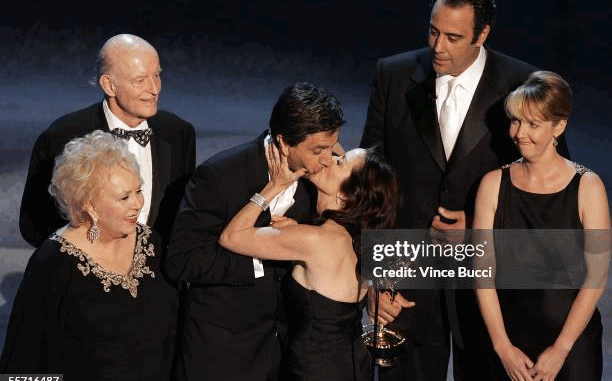
Changing the Sitcom Landscape One Episode at a Time
When Everybody Loves Raymond premiered in 1996, family sitcoms were already a staple on TV. But the Barone family brought something fresh, authentic, and deeply relatable to the genre. This article explores how Everybody Loves Raymond evolved over its nine seasons and left a lasting impact on family sitcoms that followed.
From Classic Sitcom Tropes to Real-Life Family Drama
Unlike earlier sitcoms that often presented idealized or overly exaggerated families, Everybody Loves Raymond focused on everyday struggles: sibling rivalry, marital tensions, and meddling parents. It showed that family love isn’t perfect — it’s messy, loud, and sometimes frustrating.
The Shift Toward Relatable Characters
Ray, Debra, Robert, Marie, and Frank weren’t caricatures. They were flawed, funny, and human. This shift toward multi-dimensional characters made audiences connect emotionally, raising the bar for future sitcom families.

How the Show Balanced Humor and Heart
The show mastered the art of mixing laugh-out-loud moments with genuine emotional beats. This balance helped break the mold of purely gag-driven sitcoms and paved the way for shows that could be both funny and touching.
Breaking Stereotypes: Strong Female Roles and Complex Men
Debra Barone was a strong, independent woman who dealt with marital and personal challenges realistically. Meanwhile, Ray and Robert showed vulnerability rarely seen in male sitcom characters at the time. This added depth and broke away from traditional gender stereotypes on TV.
Influence on Modern Family Sitcoms
Shows like Modern Family, The Middle, and Parenthood owe a debt to Everybody Loves Raymond’s approach to storytelling. The blend of humor, family conflict, and warmth became a new sitcom blueprint.
The Role of Supporting Characters
Marie and Frank Barone proved that supporting characters could steal scenes and add richness to family dynamics. Their quirks and meddling added comedic fuel and emotional complexity, influencing how future sitcoms developed secondary roles.
The Show’s Legacy in Syndication and Streaming
Even years after ending, Everybody Loves Raymond thrives in reruns and streaming. Its relatable stories and timeless humor ensure it remains relevant and beloved by new generations.
The End of an Era and Why It Still Matters
The show ended on a high note, refusing to overstay its welcome. Its legacy lives on, reminding us that family sitcoms are at their best when they’re honest, funny, and full of heart.
Conclusion: Everybody Loves Raymond’s Enduring Impact
The Barone family changed the way sitcoms portray family life—moving away from idealism to genuine, relatable storytelling. Its evolution redefined the family sitcom genre and continues to inspire writers and actors today.
FAQs
1. What made Everybody Loves Raymond different from other sitcoms of its time?
Its focus on realistic family dynamics and balanced humor with emotional depth.
2. How did the show influence modern family sitcoms?
It set a template for combining comedy with real-life family issues.
3. Were the supporting characters important?
Absolutely! Marie and Frank added essential layers to the family story.
4. Is Everybody Loves Raymond still popular today?
Yes, thanks to syndication and streaming, it remains widely watched.
5. Did the show have a proper ending?
Yes, it concluded thoughtfully without dragging the story.
